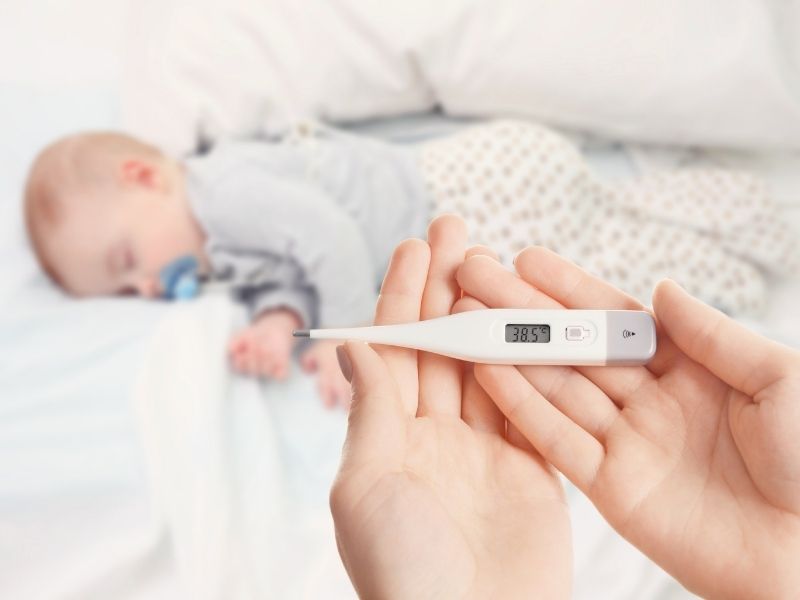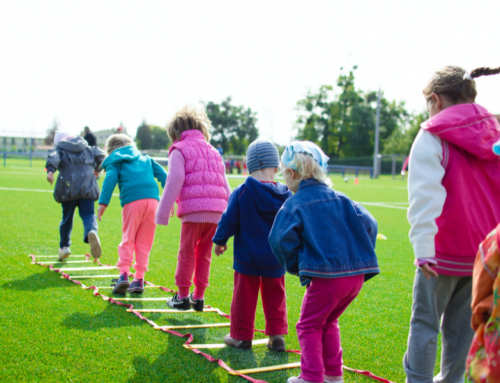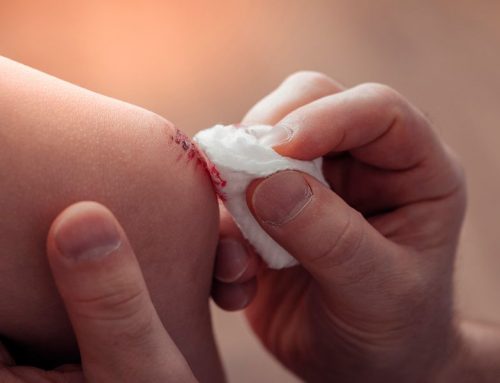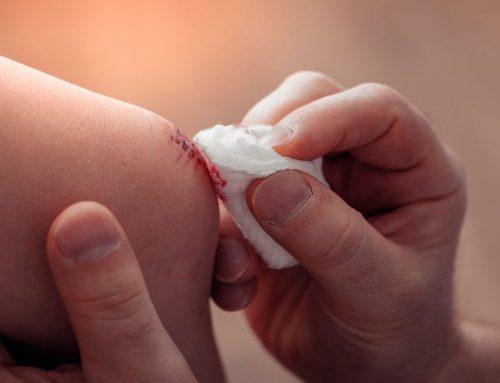Fevers are common in young children. Whether a fever occurs in children or in infants, they are usually caused by viral infections and go away without treatment. However, there are times when parents do not know what to do or when it is necessary to go to the pediatrician. Therefore, today we teach you what to do in case your child has a fever.
We recommend you to read: Communicating With Our Kids: Crisis Of The New Era
Do you live in New York and need a pediatrician? Contact us HERE
Symptoms of fever in children
Body temperature
It is important to understand how much is a fever in children. If your child has a fever, his or her body temperature will be above 38°C. A fever is considered a rectal temperature of 38°C or higher, or higher than 37.5°C in the armpit. It is also considered a fever in an infant when the temperature rises above these same parameters.
Other signs to know if a child has a fever without a thermometer is that they feel warm to the touch and may have pinker cheeks. To confirm this, always use a thermometer and measure their body temperature, keeping in mind what is considered a fever.
Other symptoms of fever in children
In addition to having a high temperature, your child may also be
- feel tired
- look pale
- have a poor appetite
- be irritable
- has a headache or other aches and pains
- does not feel well in general
When to call the doctor for fever in children?
Sometimes a fever in children can be a sign of a serious infection. Contact your family doctor right away, or go to the hospital if your child:
- is unusually drowsy or is difficult to wake up
- has bluish or mottled skin
- has cold hands and feet
- has a weaker than normal high-pitched cry, or won’t stop crying
- has difficulty breathing or breathes very quickly
- has a stiff neck
- is vomiting
- develops a skin rash that does not go away when pressed
- has a spasmodic seizure
You should also contact your child’s primary care physician if your child has a fever that lasts more than five days.
Always seek medical advice if your child develops a fever immediately after an operation, or shortly after traveling abroad.
You can also read: Coping With Flu Season: What Should We Know?
We are available 24/7 for you, please contact us HERE.
What to do and how to reduce fever in children?
Many parents and caregivers spend a lot of time trying to get a child’s fever down or looking for ways to get a child’s fever down quickly. However, fever in children is part of the body’s natural response to infection, and can often be allowed to run its course, as long as your child drinks enough water and is generally well. If your child has difficulty drinking, trying to lower his or her temperature may help. This is important to prevent your child from becoming dehydrated, which could lead to more serious problems. As a guide, your child’s urine should be a pale yellow color; if it is darker, he or she should drink more fluids.
Do not take your child to school or daycare while he or she has a fever.
If you liked this article you can read: Tips To Help Prepare Your Children For School
Our Nino de la Caridad Foundation is a non-profit organization dedicated to empowering and improving the quality of life of young people in the Bronx. If you want to help this noble cause I invite you to follow us on Instagram and if you wish you can donate HERE.
We hope you liked this article on: What to do when a child has a fever? We invite you to follow us on Instagram and Facebook and visit our website where you can find more details of our pediatric services.







Leave A Comment